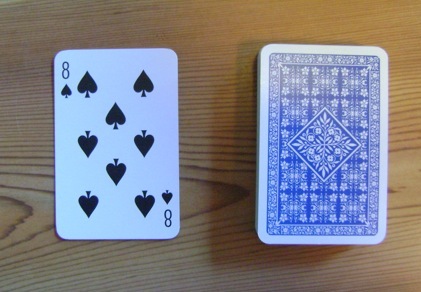He is a famous high profile figure. We have pictures of him with Epstein and at all kinds of rich people parties.
Not a single picture has him holding an alcoholic drink. Best we get are rumours he had light beer in the 80s and 90s and even those rumours note how mild he drank (like he was just trying to fit in) When every world leaders toasts with champagne he is consistently holding diet coke.
He really is just this stupid while sober.
If he did drink he would boast about how he never gets drunk and can hold all the liquor.
















Capitalism has us by absolute fools.
Paying $69.99 for something someone else dreamed up.
We have a solution for this, its called going to sleep.